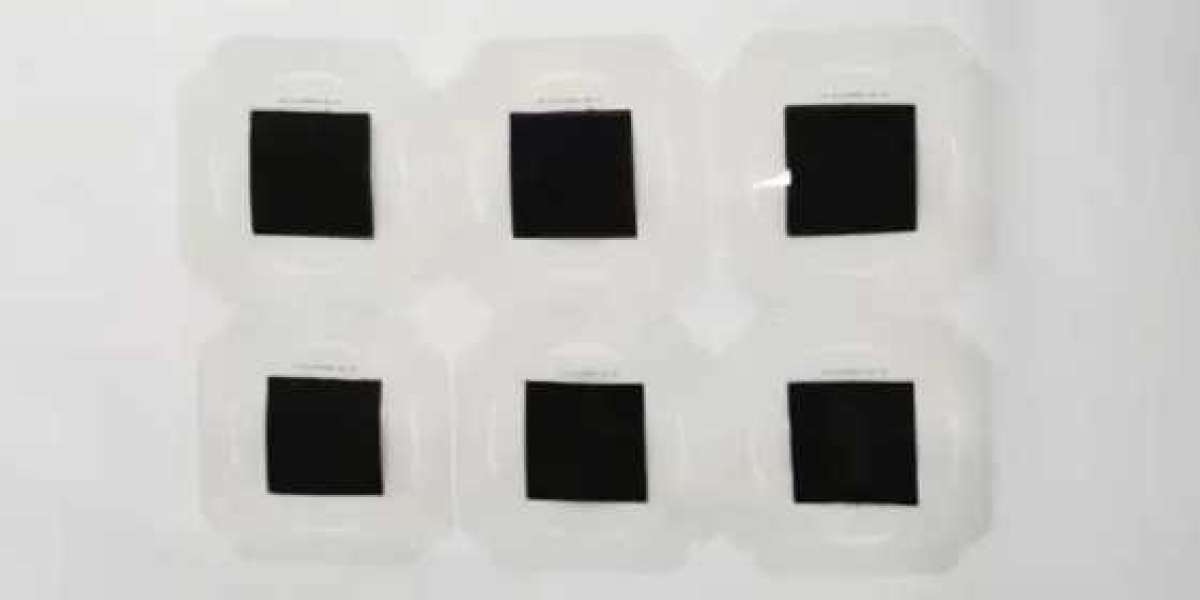Fuel cells are revolutionizing the way we think about energy production. These innovative devices offer a clean and efficient alternative to traditional power sources, making them a game-changer in our quest for sustainable solutions. At the heart of every fuel cell lies a crucial component known as the Membrane Electrode Assembly (MEA). But what exactly is an MEA, and why is it so essential in fuel cell technology? In this blog post, we will delve into the world of membrane electrode assemblies, exploring their components, significance, and advantages. So fasten your seatbelts as we embark on an electrifying journey into understanding the role of membrane electrode assembly in fuel cells!
What is a Membrane Electrode Assembly (MEA)?
A Membrane Electrode Assembly (MEA) is the heart and soul of a fuel cell. It is essentially a sandwich-like structure that consists of several crucial components working together harmoniously to facilitate the electrochemical reactions within the cell.
At its core, an MEA comprises three key elements: a polymer electrolyte membrane (PEM), catalyst layers, and gas diffusion layers (GDLs). The PEM acts as an ion conductor, allowing protons to pass through while blocking electrons. This selective permeability ensures that only the desired chemical reactions take place.
The catalyst layers are responsible for facilitating these reactions by providing active sites for electrochemical processes. Typically made from platinum or other noble metals, they play a vital role in speeding up hydrogen oxidation at the anode and oxygen reduction at the cathode.
To ensure proper distribution of reactants and efficient transport of gases throughout the cell, GDLs are incorporated into the assembly. These porous materials act as pathways for gas flow while also serving as current collectors to distribute electrical charges generated during operation.
By combining these elements cohesively, an MEA enables fuel cells to convert chemical energy directly into electrical energy with exceptional efficiency. Its unique design allows for minimal internal resistance and maximizes power output, making it an indispensable component in fuel cell technology.
Intriguingly complex yet remarkably ingenious, membrane electrode assemblies pave the way towards cleaner energy solutions with their remarkable efficiency and versatility. So let's dive deeper into this fascinating world to better comprehend their significance!
Components of Membrane electrode assembly
The membrane electrode assembly (MEA) is a crucial component of fuel cells, responsible for facilitating the electrochemical reactions that produce electricity. It consists of three main components: the proton exchange membrane (PEM), the catalyst layers, and the gas diffusion layers.
The PEM is a polymer electrolyte membrane that allows protons to pass through while blocking the flow of electrons. This selective permeability ensures efficient ion transport and prevents short circuits within the cell.
The catalyst layers are located on either side of the PEM and consist of platinum nanoparticles embedded in carbon support material. These catalysts promote chemical reactions between hydrogen fuel or other reactants and oxygen from air to generate electricity.
The gas diffusion layers serve as conductive pathways for distributing reactant gases evenly across the catalytic surfaces. They also provide structural support to hold all components together.
Each component plays a critical role in enabling efficient heat transfer, water management, and electron/ion transport within the fuel cell system. The careful design and optimization of these components are necessary for achieving high performance and durability in fuel cell applications.
Understanding each component's function within an MEA is essential for advancing fuel cell technology towards cleaner energy solutions with higher efficiency and lower environmental impact.

Importance of Membrane electrode assembly in Fuel Cells
The membrane electrode assembly (MEA) plays a crucial role in the functioning of fuel cells. This component acts as the heart of the fuel cell, facilitating the electrochemical reactions that convert chemical energy into electrical energy. Without an efficient MEA, the performance and efficiency of fuel cells would be significantly compromised.
One key importance of the MEA lies in its ability to enable proton exchange between electrodes. The polymer electrolyte membrane within the assembly allows protons to pass through while blocking other gases or liquids from mixing with each other. This selective permeability ensures that only hydrogen ions are transported across, promoting efficient ion transport and preventing cross-contamination.
Additionally, the MEA provides a large surface area for catalytic reactions to occur. The electrodes on either side of the membrane contain catalysts such as platinum, which facilitate the conversion of hydrogen and oxygen into water and electricity. By maximizing catalytic activity, MEAs enhance reaction rates and overall power output.
Another significant advantage is that MEMS can be tailored to specific applications by adjusting their composition or structure. For example, different types of membranes can be used depending on factors like temperature range or desired power density. This flexibility allows for customization based on unique requirements.
By understanding these aspects, we can appreciate why Membrane Electrode Assemblies are indispensable in fuel cell technology. Their selective permeability properties ensure proper ion transport while their large surface area enhances catalytic reactions. Moreover, their versatility enables optimization for various applications.
Advantages of Using Membrane electrode assembly in Fuel Cells
1. Improved Efficiency: The membrane electrode assembly (MEA) plays a crucial role in enhancing the efficiency of fuel cells. By facilitating the electrochemical reactions, it helps convert chemical energy into electrical energy with minimal loss. This leads to improved overall efficiency and reduced energy wastage.
2. Enhanced Durability: Fuel cells equipped with high-quality MEAs have demonstrated increased durability and longevity. The materials used in MEAs are carefully selected to withstand harsh operating conditions, such as high temperatures and corrosive environments, ensuring long-term performance and reliability.
3. Fast Start-up Time: One of the key advantages of using MEA in fuel cells is its ability to provide quick start-up times. Unlike traditional power sources that require time for warm-up or cool-down periods, fuel cells with MEAs can rapidly initiate power generation, making them ideal for applications where instant power is required.
4. Flexibility Scalability: The design flexibility and scalability offered by MEAs make them suitable for various applications across different industries. Whether it's powering small portable devices or large-scale industrial operations, MEA-equipped fuel cells can be tailored to meet specific requirements.
5.Environmentally Friendly: Fuel cells utilizing membrane electrode assemblies offer significant environmental advantages over traditional fossil-fuel-based power generation methods. They produce zero-emissions during operation since they rely on hydrogen or other clean fuels as their source of energy—contributing towards a greener future while reducing carbon footprints.
Employing membrane electrode assemblies brings multiple advantages to fuel cell technology — enhanced efficiency, improved durability, fast start-up times,flexibility scalability,and eco-friendliness. These benefits highlight the significant role that MEAs play in advancing clean.

Conclusion
The Membrane Electrode Assembly (MEA) plays a crucial role in fuel cells by serving as the heart of the system. It consists of three main components - the proton exchange membrane, anode catalyst layer, and cathode catalyst layer. These components work together to facilitate efficient electrochemical reactions and convert chemical energy into electrical energy.
The MEA not only provides a pathway for ions to move between the anode and cathode but also acts as a barrier that prevents cross-mixing of gases. This ensures proper functioning and enhances the durability of fuel cells.
By using MEAs in fuel cell technology, we can achieve numerous advantages such as high power density, improved efficiency, reduced emissions, and longer lifespan. Furthermore, MEAs enable flexibility in design and allow for scalability in various applications.
Gatechn New Energy Technology (Shanghai) Co., Ltd is at the forefront of developing advanced Membrane Electrode Assemblies that meet industry standards while pushing boundaries with innovative designs. Their expertise in this field has contributed significantly to advancements in fuel cell technology.
Understanding the role of Membrane Electrode Assembly is paramount for anyone involved or interested in fuel cell technology. With ongoing research and development efforts focused on improving MEA performance even further, we can expect exciting breakthroughs that will revolutionize clean energy solutions.
So next time you hear about fuel cells or renewable energy sources like hydrogen-powered vehicles or stationary power generation systems, remember that it all starts with understanding how important Membrane Electrode Assemblies are!
To learn more about Gatechn New Energy Technology (Shanghai) Co., Ltd's cutting-edge solutions in this field visit their website today!



